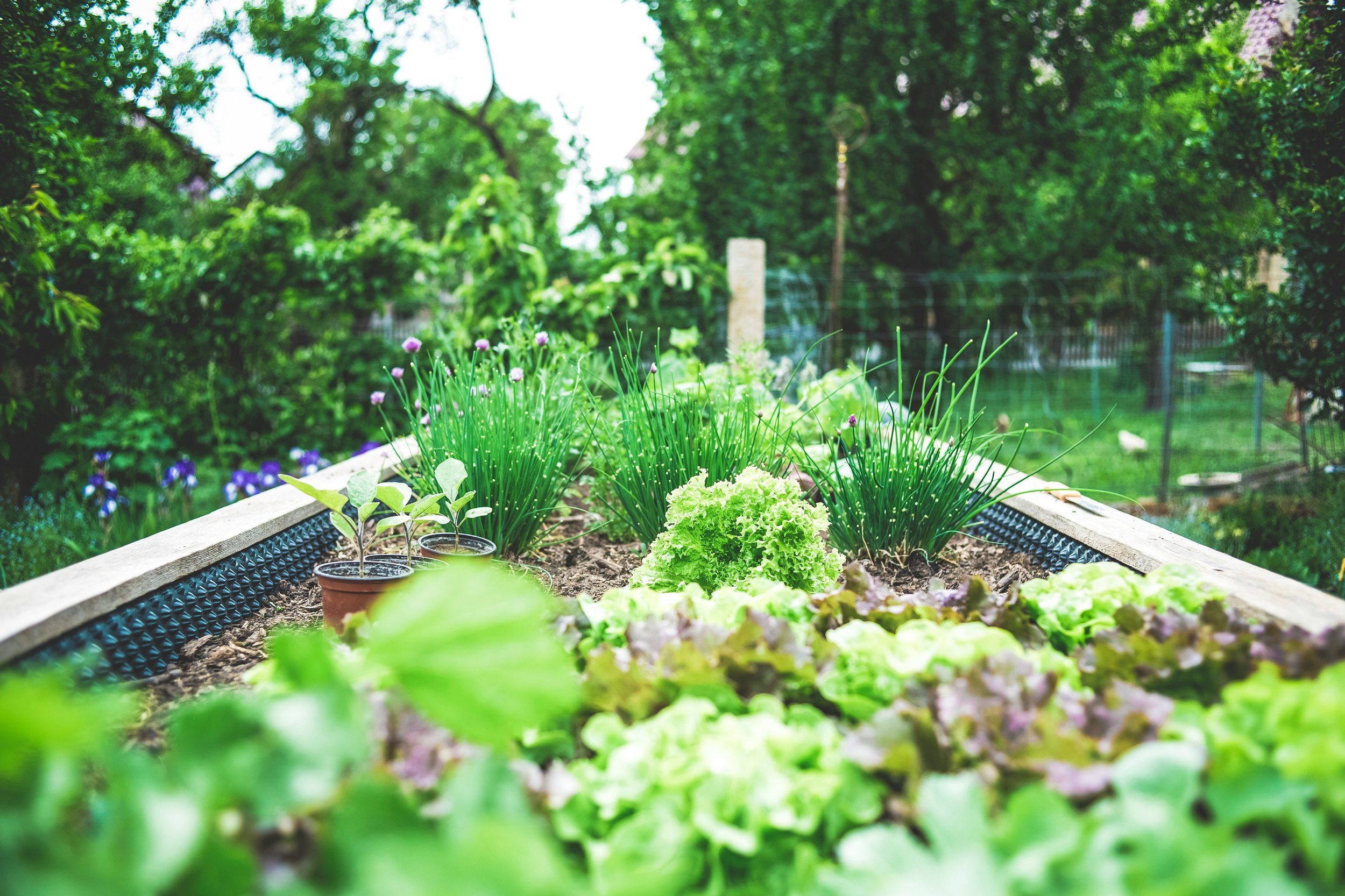Building a Shed on a Budget: Top Tips for DIY Enthusiasts
Learn how to build a shed on a budget with these top DIY tips. Discover cost-effective materials, step-by-step guidance, and creative ideas for your outdoor project.
Building a shed all by yourself is fun and exciting. However, if you’re not experienced or don’t have the right guidance, it can get a bit expensive.
If you’re working on a budget, you need to focus on functionality, quality, and aesthetics while balancing your bills. So, here’s a smart plan for your DIY shed!
1. Plan every detail carefully
Understand the use of your shed—storage, workspace, or something else? Measure how much space you have and the shed size you’ll need. Check the local regulations and identify your budget. Plan the layout and size accordingly.
Try to keep the overall design minimal to stay within your budget. If you need help staying within the budget, consider tracking every expense on a spreadsheet.
2. Invest in cost-efficient, quality materials
Materials take up most of the budget for DIY sheds. To reduce expenses, consider waiting for sales and clearances, buying in bulk, and comparing prices among all sellers.
Seek reclaimed wood, metal, and hardware from salvage stores. These are not only inexpensive but also eco-friendly. Buy cost-efficient lumber in oriented strand board (OSB) or treated plywood.
Make sure you get quality materials for the key components, like foundation, roof, and frame.
For instance, recycled and offcut metal is a great option for roofs owing to its durability and affordability. Gravel or compact earth are the most cost and quality-conscious choices for foundation.
However, if you can spend more money, it’s best to seek help from professional shed builders like Sheds N Homes. You can customise your shed with the materials of your choice and get expert building insights and services, all on the same platform!
While it will cost a bit more, you’ll get a quality shed that will require minimal maintenance or retouching.
3. Prepare yourself
If you want to get minimal help from professionals, it’s best to learn basic skills first. Research online guides and tutorials and learn the key construction skills for flooring, framing, and roofing.
Don’t buy expensive tools for a one-time project. Instead, borrow or rent them for a fixed period. If you need additional help, ask friends and family members who have experience in shed building or using specific tools. They can also help you carry heavier materials.
4. Build a foundation
For the foundation, you can lay compacted gravel and place concrete pavers over it. This is easy to install, affordable, and durable.
Building a sturdy foundation is key to the longevity and stability of your shed. For a reliable and affordable option, you can lay compacted gravel and place concrete pavers over it. This is easy to install, affordable, and durable, making it a great choice for DIY enthusiasts.
Alternatively, consider using a crushed rock base for enhanced drainage and stability. Start by marking out the desired area for your shed, then excavate to the appropriate depth and fill it with crushed rock. Tamp down the crushed rock thoroughly to create a dense and stable foundation that prevents water damage and foundation shifting. This method is particularly effective for larger sheds or those requiring extra durability.
Another option is using pressure-treated wooden skids. These offer ample stability. You can also buy precast concrete blocks. They work best for small and mid-sized sheds.
Each of these options provides a robust foundation for your shed, ensuring it withstands the test of time while keeping your costs low and your satisfaction high. Choose the one that best fits your budget, the size of your shed, and your local ground conditions.
5. Choose a roof design
When building the roof, go for a standard rectangular frame. It’ll reduce material costs, construction time, and complications.
A lean-to or gable roof is easiest for first-time DIY enthusiasts, so stick to that. Explore translucent roofing panels to maximise natural light indoors.
Avoid redundant and time-sensitive tasks like measuring and cutting by using pre-cut roofing materials and lumber. If this is your first try, you’re prone to mistakes. Pre-cut materials eliminate the risks of errors to a certain extent.
6. Focus on the walls and floors
Repurpose old, sturdy pallets for walls and floors. Get second-hand doors, windows, and vents to both save money and add rustic aesthetics.
If these are stained, you can add a fresh coat of paint or stain. If you want a modern look for the indoors, apply trendy wallpapers. If the door and window hardware look rusty, replace them with new hardware.
7. Improve functionality
Boost your shed’s functionality by creating more space. Install vertical shelves, pegboards, and hooks. They consume less floor space while offering maximum storage capacity.
Install ceiling-mounted racks on hooks to ladders and other tools. Build a foldable workbench that can work as storage and workspace.
Implement solar-powered overhead lights to avoid the complications of electrical work. 3.9 million Australian homes and small businesses are using solar power systems and saving money.
Partition the interiors into different sections for workspace, storage, and other needs to keep the space tidy.
8. Decorate in a budget
If you have leftover wood or metal pieces, you can make signs and designs with them. Place some indoor plants on the shelves to add a hint of greenery and freshness. You can also hang wind chimes and hanging ornaments to make it more inviting.
Conclusion
Building your shed from scratch on a budget requires lots of planning and skills. So, learn all the necessary skills for the construction, gather materials, and start the project!
Stay up to date with our latest ideas!
Exclusive deals just for our readers! Click below to unlock special offers and elevate your shopping experience!























